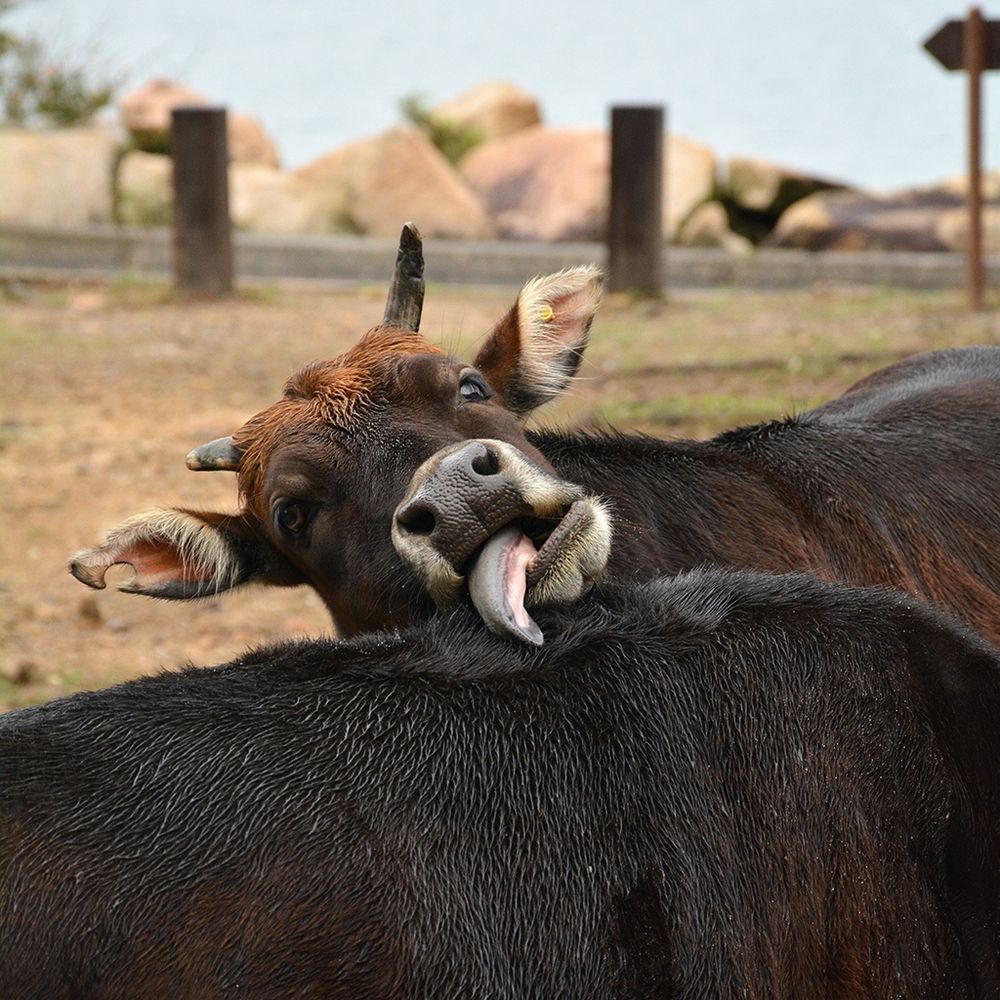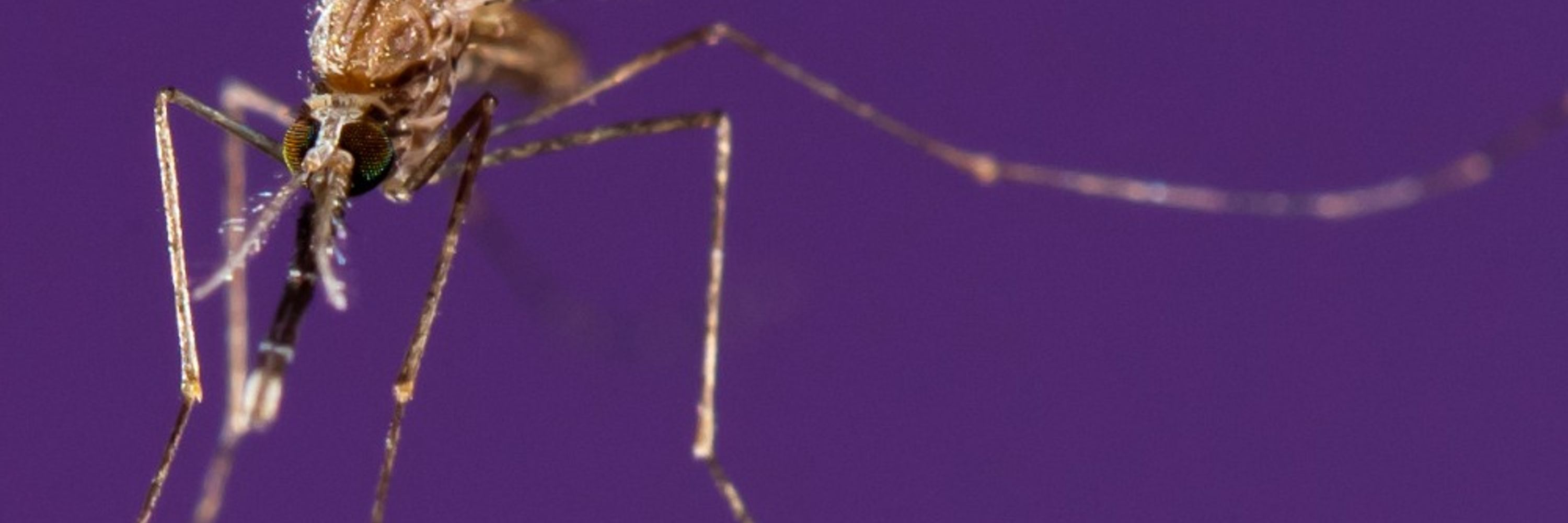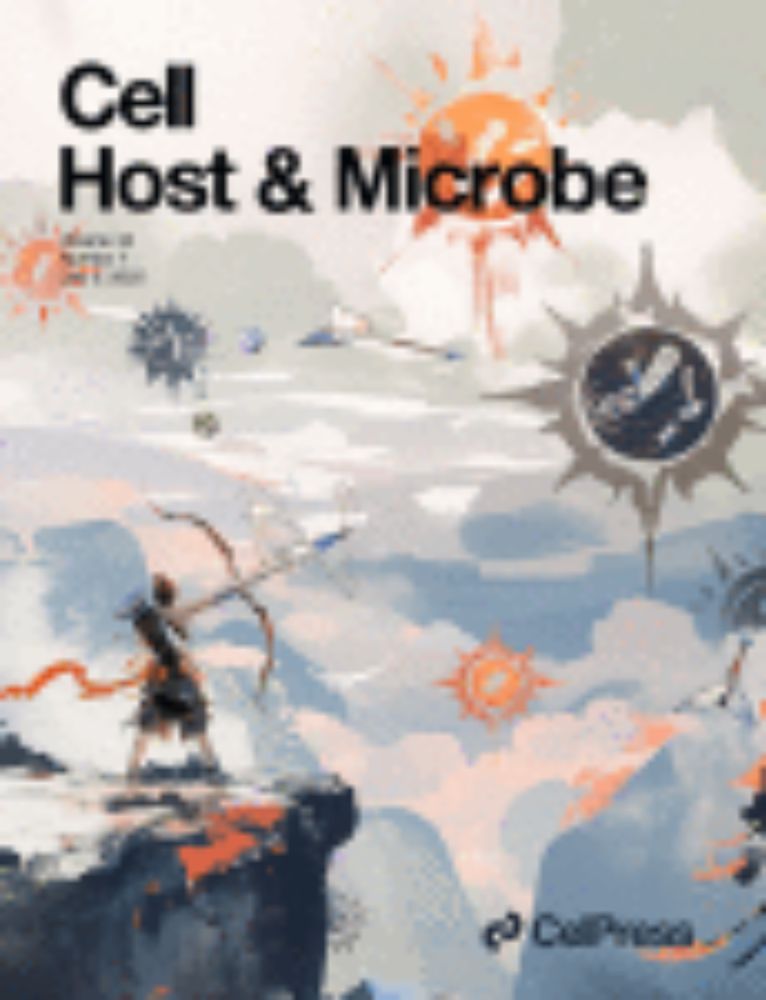Kristin Michel
@kmichel.bsky.social
870 followers
580 following
48 posts
Host-pathogen interactions and Insect immunology. Scientist. Mother. Firstgen. Immigrant. Portrait by Petra Korlevic
Posts
Media
Videos
Starter Packs
Pinned
Kristin Michel
@kmichel.bsky.social
· May 2

The expanded immunoregulatory protease network in mosquitoes is governed by gene coexpression | PNAS
Serine protease cascades regulate key innate immune responses. Their activation cleaves
a series of inactive protease zymogens, which then activate...
www.pnas.org
Reposted by Kristin Michel
Reposted by Kristin Michel
Reposted by Kristin Michel
Elodie Couderc
@elodiecouderc.bsky.social
· Aug 27

Aedes aegypti VLG-1 challenges the assumed antiviral nature of Vago genes - BMC Biology
Background Arthropod-borne viruses (arboviruses) such as dengue virus (DENV) and Zika virus (ZIKV) pose a significant threat to global health. Novel approaches to control the spread of arboviruses foc...
bmcbiol.biomedcentral.com
Reposted by Kristin Michel
Reposted by Kristin Michel
Olena Zhulyn
@ozhulyn.bsky.social
· Aug 9

Interdisciplinary Post-doctoral fellowships (2 positions) in wound healing - Toronto (City), Ontario (CA) job with The Hospital for Sick Children - Developmental & Stem Cell Biology Program | 1284...
Two Postdoc positions to identify & visualize translation dynamics & function of proteins that drive epithelial cell migration during wound healing.
www.nature.com
Reposted by Kristin Michel
Reposted by Kristin Michel
Madhu Pai, MD, PhD
@madhupai.bsky.social
· Jul 25

Call for 20 Assistant Professor positions
Karolinska Institutet is a world-leading medical university with a long and proud history of ground-breaking research. We are now recruiting outstanding early-career researchers with particularly exce...
ki.se
Reposted by Kristin Michel
Kristin Michel
@kmichel.bsky.social
· Jul 20
Reposted by Kristin Michel
Matt Bogyo
@mbogyo.bsky.social
· Jul 19

Macrocyclic Phage Display for Identification of Selective Protease Substrates
Traditional methods for identifying selective protease substrates have primarily relied on synthetic libraries of linear peptides, which offer limited sequence and structural diversity. Here, we present an approach that leverages phage display technology to screen large libraries of chemically modified cyclic peptides, enabling the identification of highly selective substrates for a protease of interest. Our method uses a reactive chemical linker to cyclize peptides on the phage surface, while simultaneously incorporating an affinity tag and a fluorescent reporter. The affinity tag enables capture of the phage library and subsequent release of phages expressing optimal substrates upon incubation with a protease of interest. The addition of a turn-on fluorescent reporter allows direct quantification of cleavage efficiency throughout each selection round. The resulting identified substrates can then be chemically synthesized, optimized and validated using recombinant enzymes and cells. We demonstrate the utility of this approach using Fibroblast Activation Protein α (FAPα) and the related proline-specific protease, dipeptidyl peptidase-4 (DPP4), as targets. Phage selection and subsequent optimization identified substrates with selectivity for each target that have the potential to serve as valuable tools for applications in basic biology and fluorescence image-guided surgery (FIGS). Overall, our strategy provides a rapid and unbiased platform for effectively discovering highly selective, non-natural protease substrates, overcoming key limitations of existing methods.
pubs.acs.org
Reposted by Kristin Michel
Luís M. Silva
@luismsilva.bsky.social
· Jul 9

Mechanisms of host exploitation by a microsporidian parasite | Proceedings of the Royal Society B: Biological Sciences
Parasites exploit their hosts to enhance their growth and reproduction, yet the mechanisms underlying host manipulation remain understudied for many taxa. The microsporidian Vavraia culicis, a potential biological control agent for mosquitoes, serves as ...
www.royalsocietypublishing.org
Reposted by Kristin Michel
Alisa Bokulich
@alisabokulich.bsky.social
· Jul 16
Kristin Michel
@kmichel.bsky.social
· Jul 12
Reposted by Kristin Michel
Reposted by Kristin Michel

















